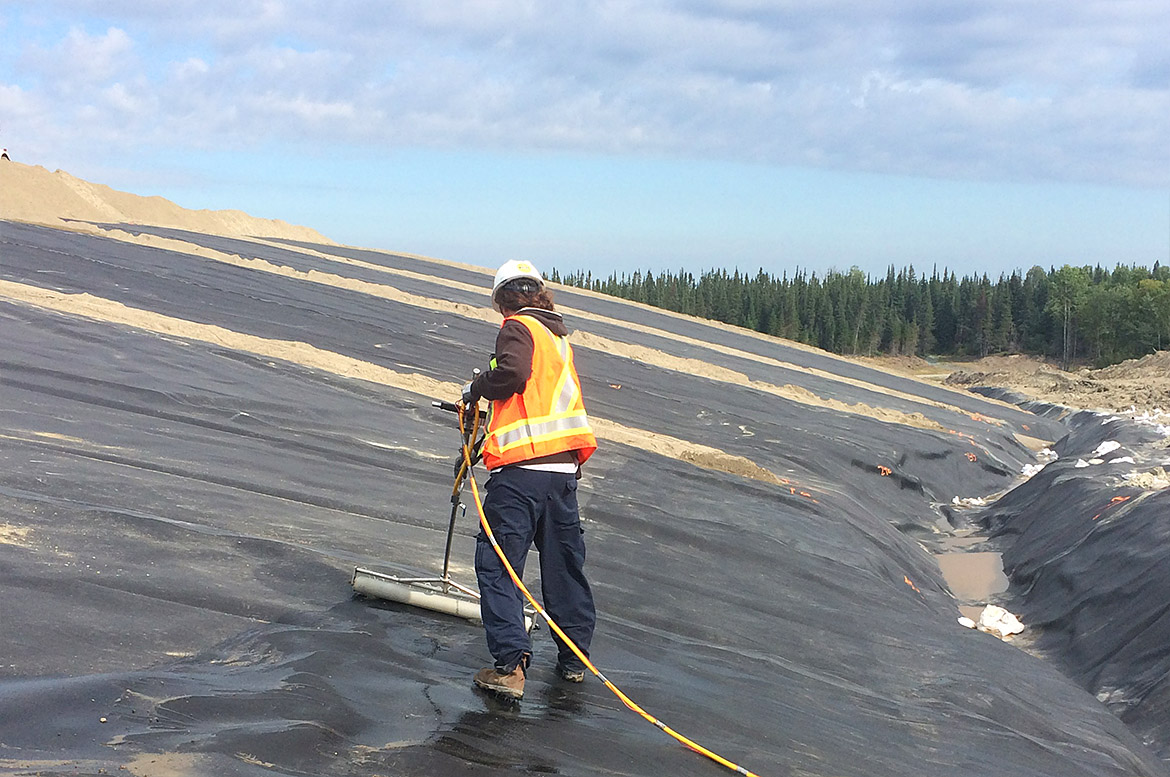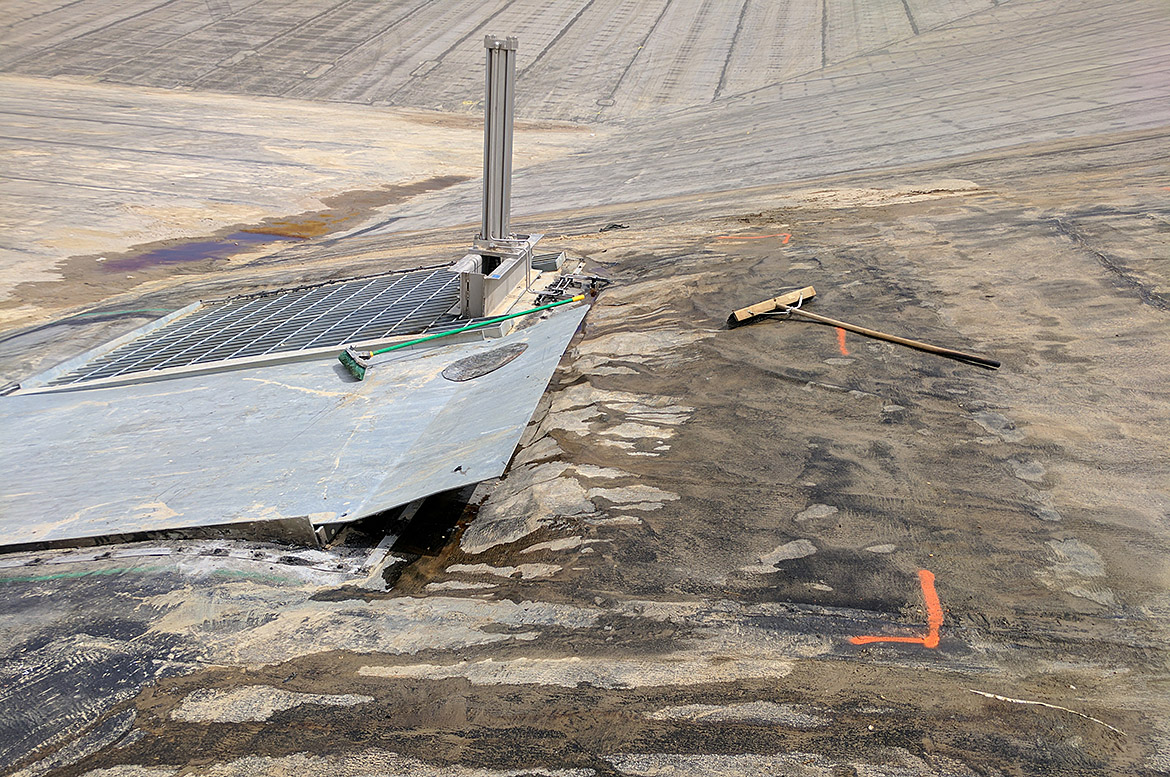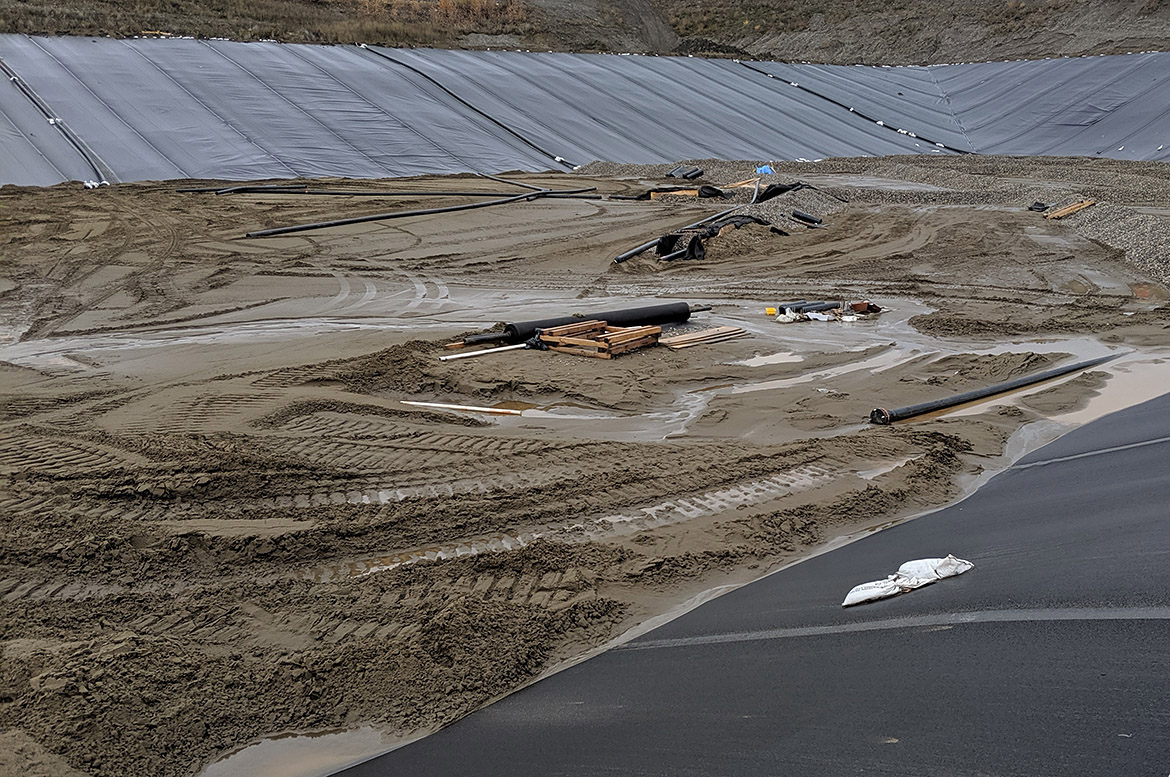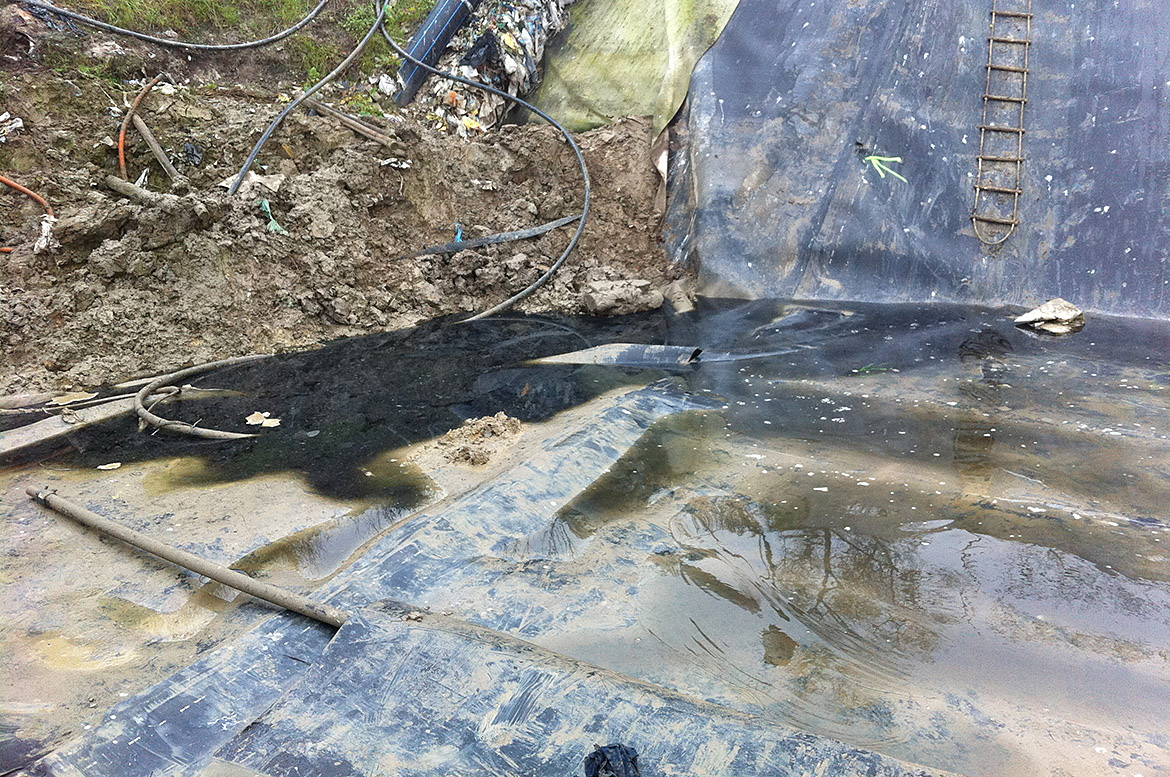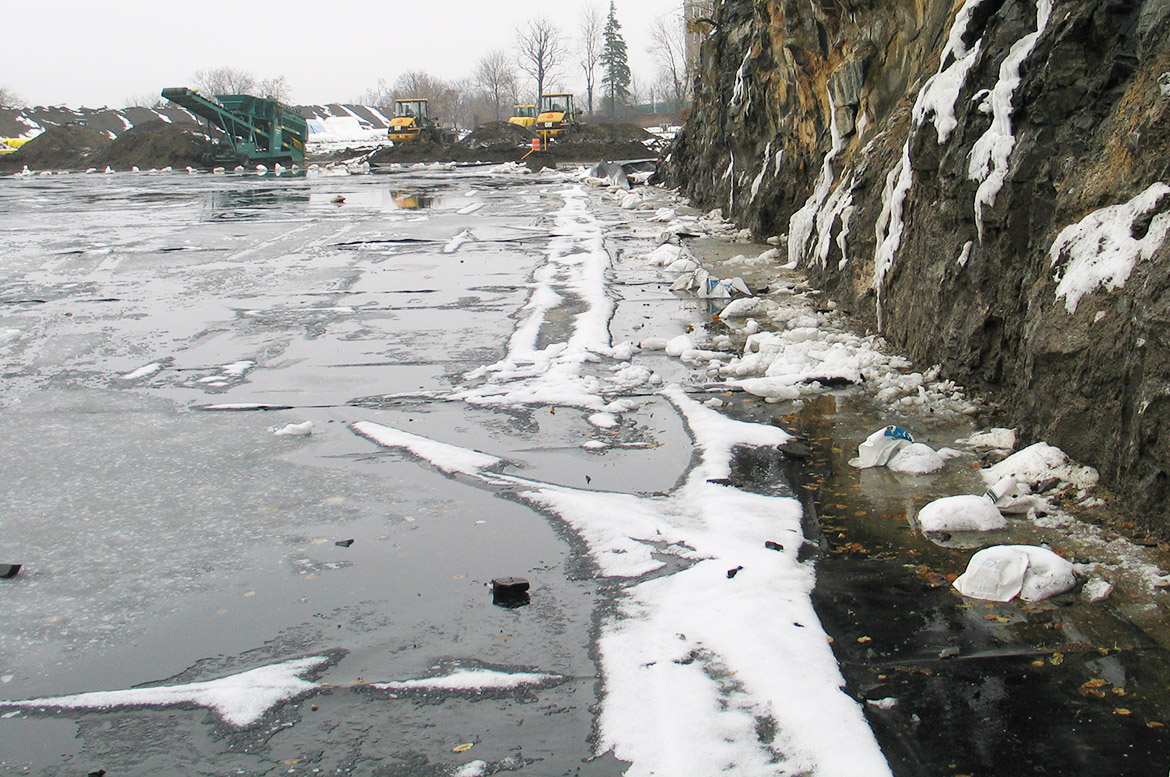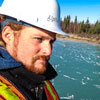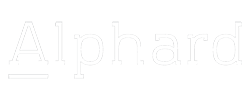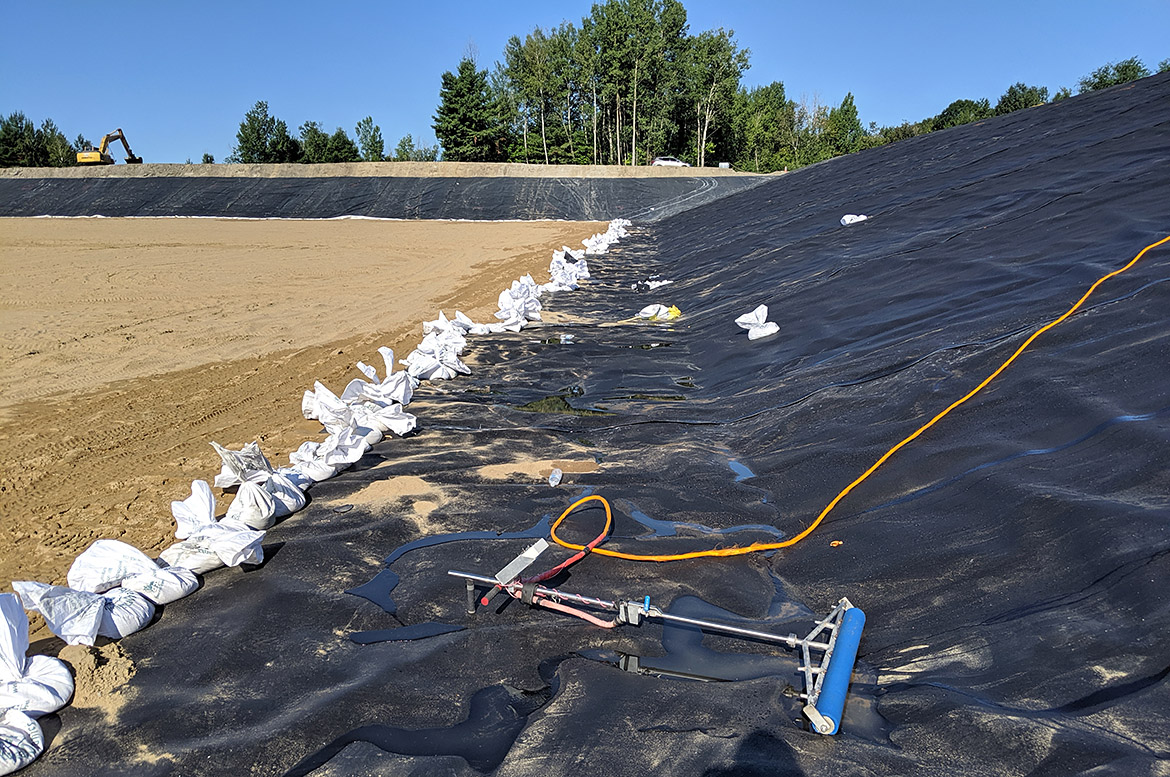
Site extensions, natural materials and the water puddle method
The basic principal of all geoelectrical leak location methods is to pass an electrical current through any faults present in the geomembrane, generating electrical signals that can be detected by a qualified operator. Whilst the importance of site preparation is well known for dipole method surveys, it is also a key element of a successful water puddle survey.
Electrical isolation is much easier to achieve when the survey site is an independent system distinct from its surrounding environment. However, leak location is often required on extension systems of sites that are currently operational. From a leak location standpoint, the ideal survey cell would be fitted with a liquid collection system at its lowest point with the walls of the cell rising gently toward its extension cells. But even in these cases, the leak location operator should be careful to minimise the volume of water used whilst validating the joins (tie-ins) between the cell and its extensions to ensure that background noise is kept to a minimum.
Additionally, a significant rainfall event can saturate the operational sector causing water (and even leachate) to accumulate in the survey area. In such cases, the only option is to pump water from the survey area and allow the geomembrane surface to dry out, ensuring that the water used during the survey remains isolated from the active systems. This phenomenon is particularly common when the survey site’s low point is located at a join between two systems, allowing for water to accumulate above the join. In such cases, the only recommendation is to start the survey at the low point using a minimum of water, and to perform the survey moving away from the low point sufficiently quickly to avoid survey water reaching water accumulating at the low point.
Occasionally the geomembrane layer of the survey site is exposed at the walls and covered at the base. If leak location is required on the exposed walls, methods which do not use water should be prioritised in order to avoid excessive background noise as survey water reaches the base’s covering layer, especially where this layer is not isolated (in the case of an access road, for example). A similar situation arises when survey water enters into contact with a saturated covering layer, with any leak present in the liner beneath the covering layer causing false positives during the wall survey.



